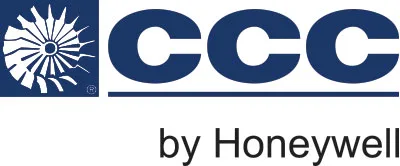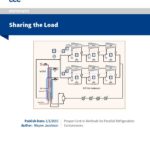

- Industries
- Solutions
- Services
- About CCC
- Media Center
- Contact
Enhance your turbomachinery performance and reliability by leveraging the power of digital and embedded expertise.
WATCH NOWSharing the Load
Proper Control Methods for Parallel Refrigeration Compressors.

Fill out the form to download
the FREE white paper “Sharing the Load”.
Download your FREE copy today!
Parallel refrigeration machines have been in use for decades in the LNG industry primarily for the Phillips Cascade LNG process which utilizes parallel methane, ethylene and propane variable speed compressors. Operation of these compressors has been successfully done by controlling suction header pressure of the individual refrigeration circuits and using load-sharing control to balance the parallel compressor strings. Load-sharing is accomplished by equalizing the individual compressors’ distance from surge parameter. Additionally, by the use of proper loadsharing control, the individual compressor strings are easily and automatically sequenced online and offline.
In contrast, plants using the Air Products licensed C3/MR LNG process (see Figure 1) have historically used individual compressor strings for both the mix refrigerant (MR) circuit and the propane (C3) precooling circuit. In earlier plants, the MR circuit consisting of two independent variable speed compressor strings operating in series. The C3 circuit also consisted of two independent variable speed compressor strings operating in series with one string being a three stage compressor with sidestreams and the other string being a single stage booster compressor. Both the MR compressor strings and the C3 compressor strings are controlled using series loadsharing.